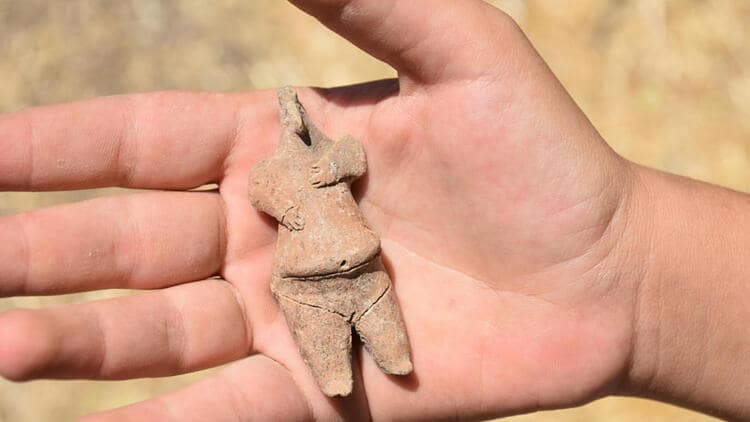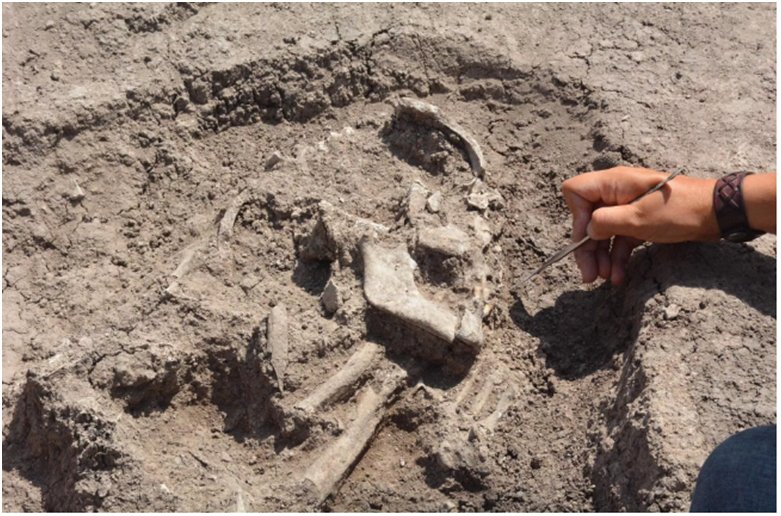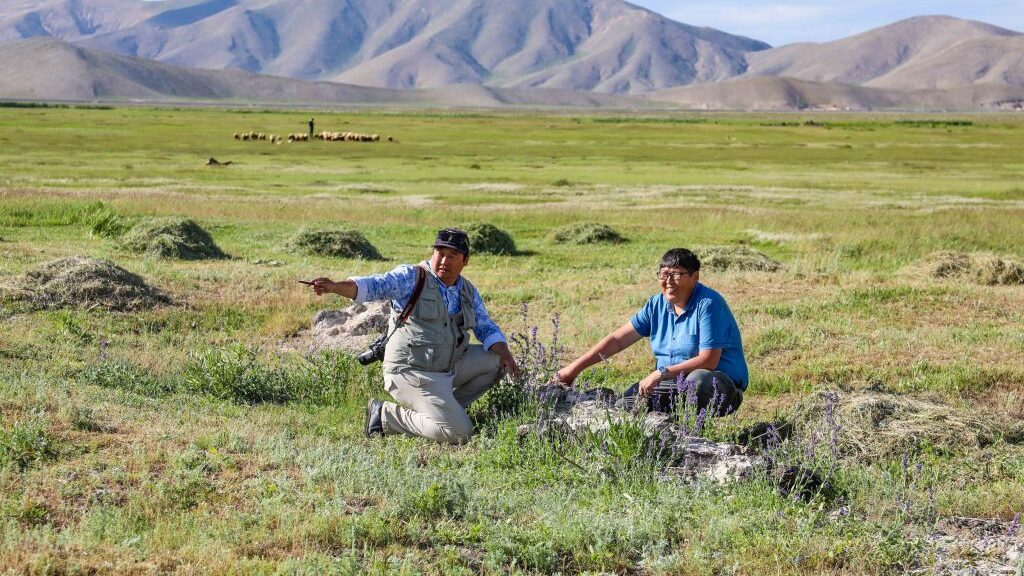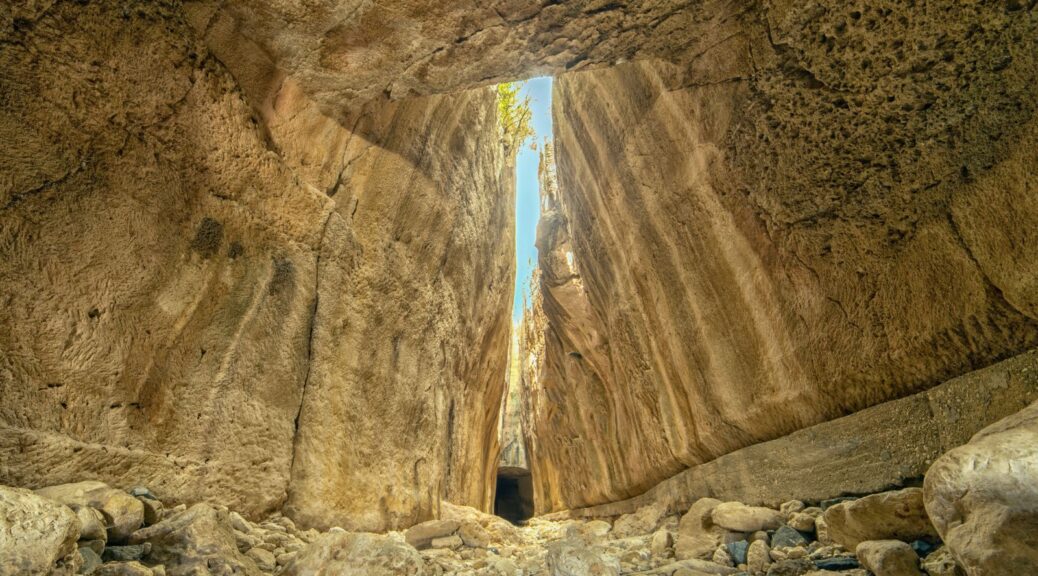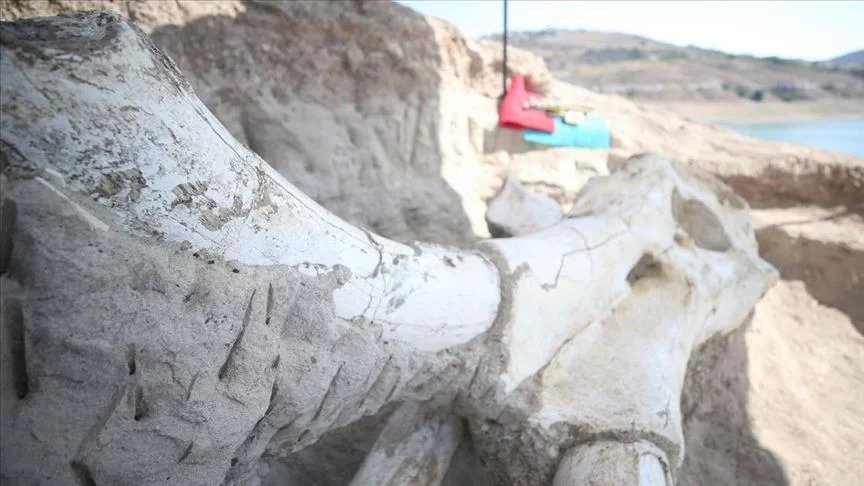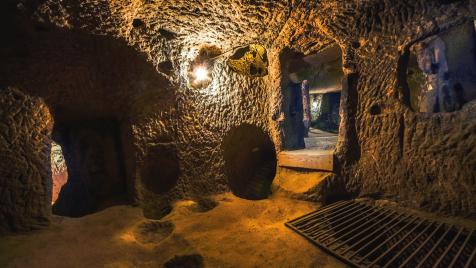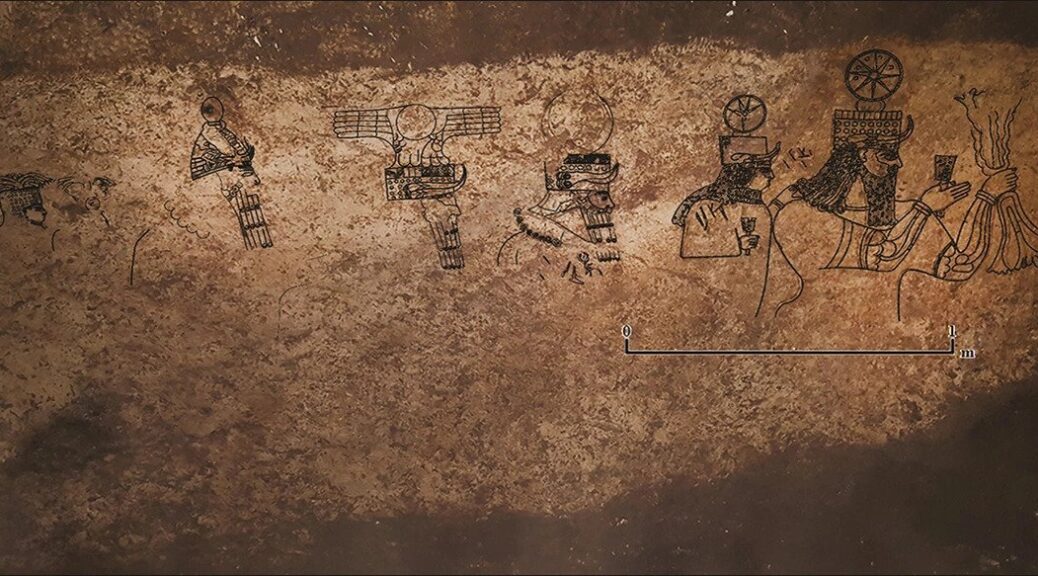Remains Of A 2,200-Year-Old Roman Fountain Discovered In Assos, Turkey
Archaeologists have been continuously involved in excavations in the ancient city of Assos for 42 years. Assos ancient site has much to offer. A recent discovery at the ancient site of Assos, a 2,200-year-old Roman fountain, informed the head of archaeological digs on Monday.

Located within the borders of the village of Behramkale in the Ayvacik district of Çanakkale province, the ancient city of Assos sheds light on its long historical past. Long-lasting excavations have already revealed a large number of Roman and Byzantine artefacts.
“Since the working conditions in the field were a bit intense in the winter, we continued to document the archaeological materials we previously found during that period. In addition, we prepared for the restoration of the city walls,” the head of excavations Professor Nurettin Arslan from the Faculty of Science and Letters at Çanakkale Onsekiz Mart University’s Archaeology Department, said, as cited by Daily Sabah.
“With the arrival of summer, our active work on the land has started. We are excavating different areas in the ancient city.”

These excavations are extremely valuable and drew the attention of scientists and academics from some universities in Germany and a team of 30 people that took part in the latest excavations, Arslan informed.
This season, the team is focused on home to a gymnasium dating back to the Hellenistic period. He stated that they are focusing on the cisterns built as an add-on during the Roman period in the well-protected gymnasium, which was the high school of the Hellenistic era.
Assos is located on a high hill, in an area devoid of natural water resources. For this reason, there are underground water tanks and cisterns made by carving or cutting rocks in both official buildings and homes in the ancient city.
The fountain structure, Arslan informed, has its location in front of the Roman-era cisterns of the gymnasium.

“According to our initial findings, we learned that it was a magnificent fountain structure. We know of many cisterns in Assos, but this is the first time we’ve come across a monumental fountain structure, ” the researcher said, adding that in terms of urban architecture, the fountain, is no doubt, an important structure, however, it had been seriously damaged during the Byzantine period.”
The team will do their best to re-erect the existing fragments of the 2,200-year-old Roman fountain.
Once the excavation is complete, one day in the near future, visitors will get the opportunity to see the ancient Roman work and feel the atmosphere around it.
Assos (also known as Behramkale), was once one of the most important port cities of its era and dates back to the period of Roman rule in the region. The ruins of Assos include an ancient theatre, agora, necropolis and the city’s protective walls. The theatre was discovered on the south slope of the ancient city across Midilli (Lesbos) and is thought to have been destroyed during an earthquake. From its construction technique and plan, it is understood that the theatre – with the capacity to hold 2,500 people – also dates back to the Roman era.

The agora is a central public space in which people would meet and gather while stoas are closed areas that protect people from the sun and rain. Also, there is a gymnasium and bouleuterion (assembly building) around the agora.
Among other archaeological finds within the area of the necropolis, the team found the oldest remains were found in jars as ashes. There were some items found placed beside the bodies as presents.
Then sarcophaguses were used as graves. The most interesting gift to the dead inside the sarcophaguses was a sculpture of a women’s orchestra.
Assos – where Turkish archaeologists started excavations in 1981 – was added to UNESCO’s Tentative World Heritage List on April 15, 2017.

